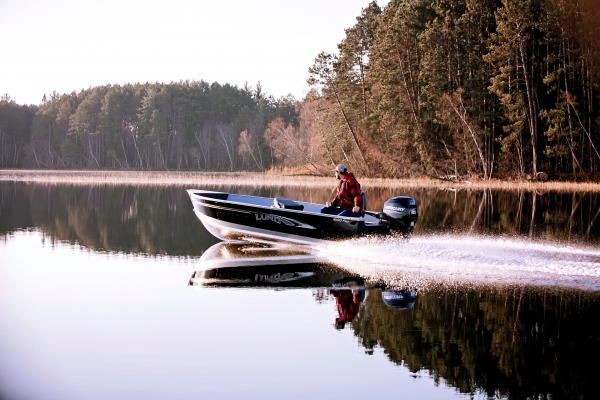One of the main hazards when running unfamiliar waters would have to be unmarked or hidden objects just under the surface. Things like large rocks, shallow sand bars, submerged tree stumps, or even old dock structures can come out of nowhere. Depending on the body of water, their could be permanent hazards that you always need to watch out for or something new to worry about due to current conditions such as unusually low water levels. Rivers are also know for hazards such as floating logs that have washed down stream or deadheads, which are fallen trees just under the surface. Rivers are constantly changing, so a stretch of river that may have been fine to navigate a few weeks before could have turned into a danger zone due to heavy rains washing new debris into the area. If you see something slightly sticking out of the water, just remember the iceberg effect. Usually the object is a whole lot bigger that what you can see. In these situations take caution and give yourself plenty of room to go around it safely.
If you come to a blind corner or a bend on the river, be careful of what or who you cant see on the other side. Boaters should always keep to the right when passing another boater or craft, but people don't always follow this simple navigational rule. You never know when someone is going to cut that corner a little too sharp or anchored up fishing or relaxing expecting the other boaters in the area to watch out for them. Always take these turns with caution by either getting off plane or at a slower speed. That way if you need to take action, you will have plenty of time to due so.
Weather and high winds can conjure up rough water conditions at a moments notice. The location of certain bodies of water can also lend to these hazardous water conditions if the wind is blowing from just the right direction, creating waves that are not only high but tightly packed together. Depending on your boat this can be a very serious situation. You should always be aware of what the weather forecast is going to be for the day before you go out.


